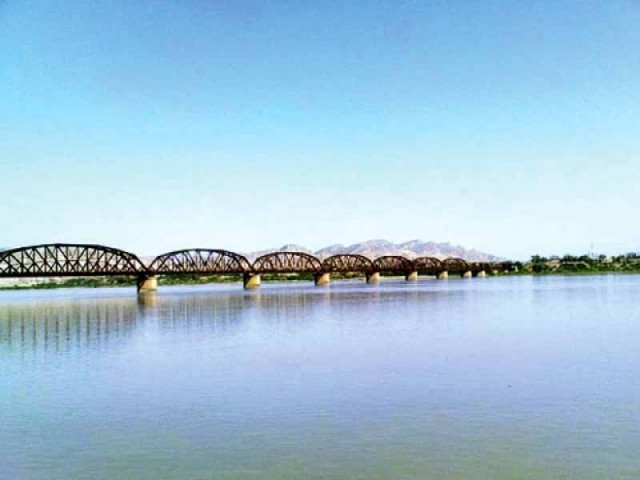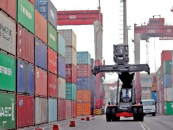Water schemes: Govt likely to utilise only half of allocated funds
Annual Plan blames poor planning, monitoring and evaluation.

While demand for water is on the rise, the opportunities for further development of water resources or maintaining their consumption at existing levels are depleting fast. PHOTO: FILE
The government is expected to miss the target for funds required to be utilised on water schemes in the outgoing fiscal year and will end up consuming about half the money earmarked for the sector.
This comes despite the fact that Pakistan is ranked among highly water-stressed countries in the face of depleting water reservoirs.
According to the Annual Plan for 2014-15, the planned targets in the water sector could not be achieved because of poor planning, monitoring and evaluation by executing agencies.
More than Rs57 billion was allocated for water sector strategies and programmes in 2013-14, of which Rs30 to Rs35 billion was expected to be utilised, which constituted 52% of total allocation, said the Annual Plan.
Of the total allocation, more than Rs32.65 billion has been released and utilised so far to complete Phase-I of Kachhi Canal in Balochistan and Rainee Canal in Sindh for irrigating 2.864 million acres of land.
Apart from these, work on a project to enhance the height of Mangla Dam, called the Mangla Dam Raising Project, and Satpara Dam in Gilgit-Baltistan was completed.

According to the plan, the government had set the target of enhancing water supply to 140 million acre feet (MAF), but it reached 137.51 MAF. “Now, it says it is expected that overall water availability at farm gate will remain about 138 MAF in 2014-15.”
This will include surface water supply through withdrawal from canals, canal lining/remodelling, rehabilitation of irrigation system, construction of small and medium-sized dams and check dams.
About 50.21 MAF of water will be released into the system from underground fresh water reserves mainly through private tube wells.
According to the Annual Plan, the government made a strategy in outgoing fiscal year 2013-14 to enhance surface water resources by constructing new dams, adopting conservation measures and protecting infrastructure from floods and water-logging.
Maximum resources were allocated to complete ongoing projects and high-priority water storages in an effort to overcome scarcity of water through augmentation and conservation measures. “But these targets could not be achieved due to poor planning and monitoring by executing agencies,” it said.
Pakistan’s economy still derives its main strength from irrigating agriculture where water plays a pivotal role. Agricultural production is directly related to availability and effective use of water as a major input.
While demand for water is on the rise, the opportunities for further development of water resources or maintaining their consumption at existing levels are depleting fast.
Current per capita water availability at 1,000 cubic metres is very low, putting Pakistan in the category of highly water-stressed countries.
Published in The Express Tribune, June 15th, 2014.
Like Business on Facebook, follow @TribuneBiz on Twitter to stay informed and join in the conversation.


















COMMENTS
Comments are moderated and generally will be posted if they are on-topic and not abusive.
For more information, please see our Comments FAQ